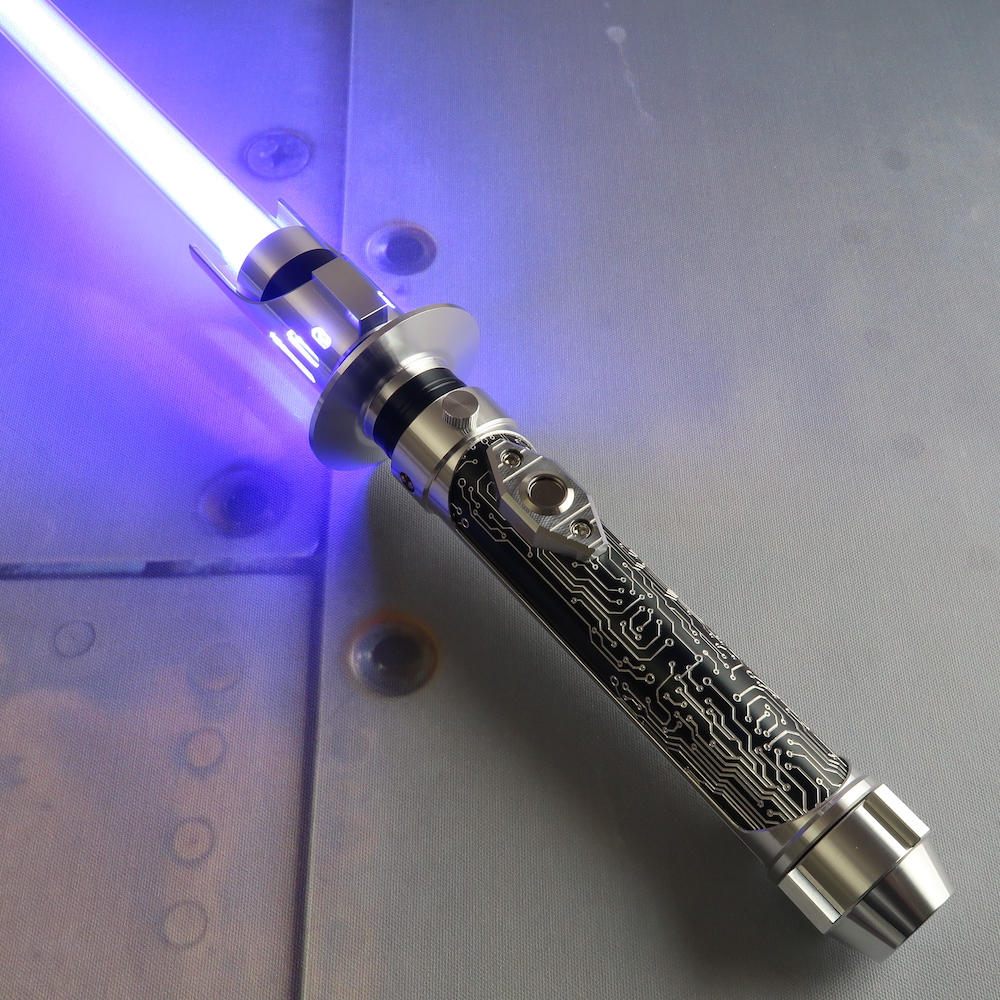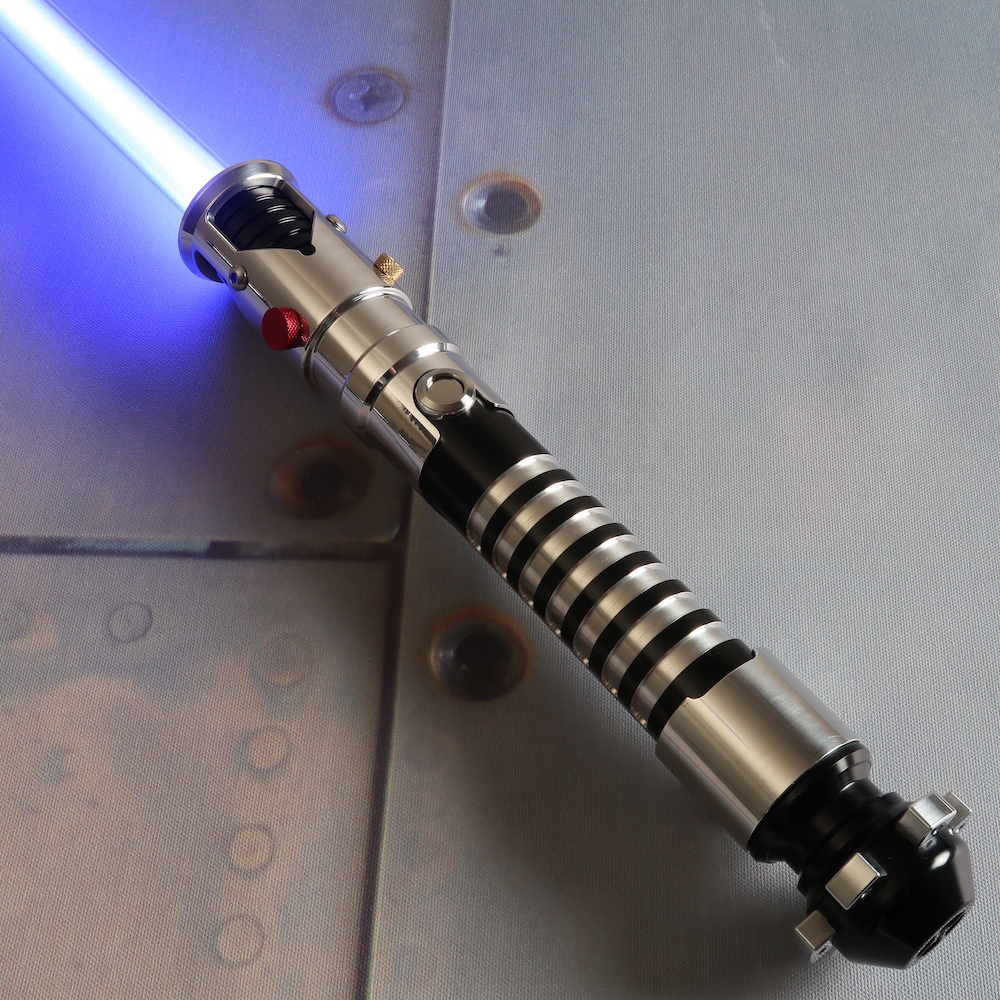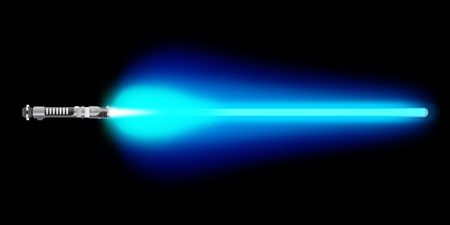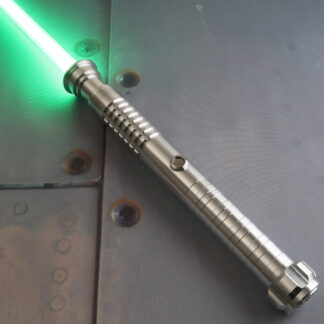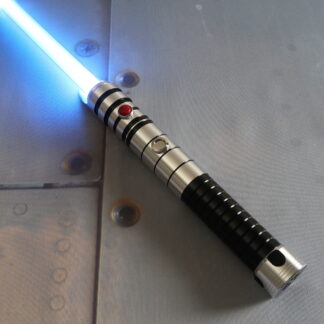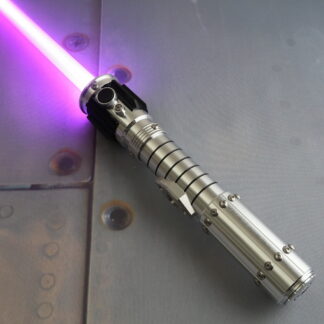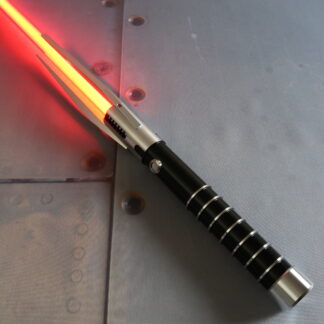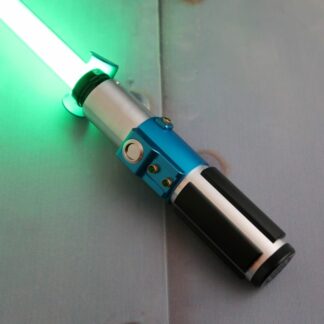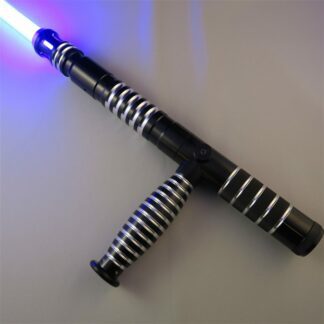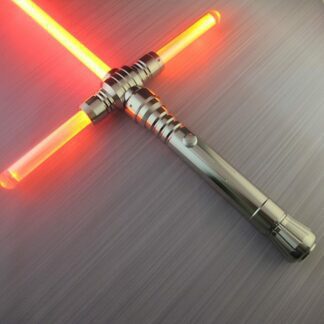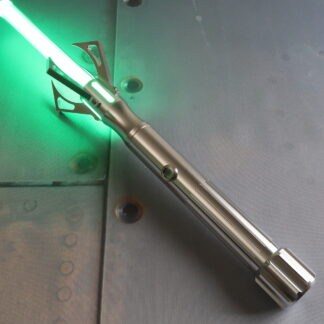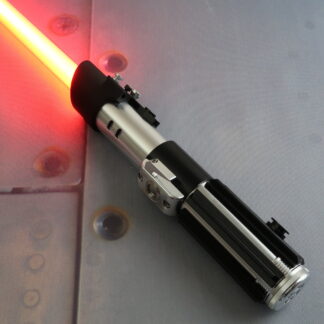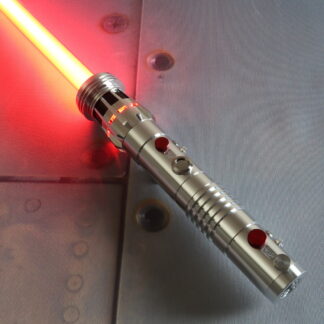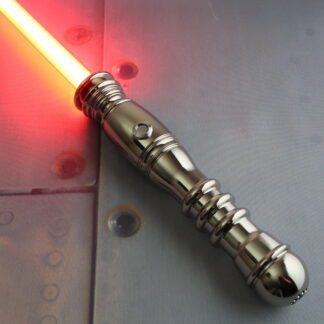Mace Windu’s Fighting Style & Vaapad Lightsaber Form Mastery
Known for wielding the rare Jedi purple lightsaber, Mace Windu combined elegance and aggression unlike any other. Mace Windu’s fighting style and exceptional form mastery helped channel inner conflict into lightness.
The last of the traditional lightsaber combat forms to gain official recognition, Form VII: Juyo, is known as “the Ferocity Form” because it enables its practitioner to generate an incredibly intense, even rage-filled attack on their opponent. That characteristic makes it remarkably effective on the battlefield, but also remarkably dangerous for Jedi practitioners, as the proper utilization of this form puts the user in close proximity to the Dark Side.
Was Form VII Banned By The Jedi?
Due to this danger, the Jedi Council eventually banned Form VII. However, Mace Windu, the legendary Jedi Master who popularized purple lightsabers, made modifications to Form VII that aligned it with Jedi philosophy and earned the endorsement of the Council. Mace Windu’s Vaapad lightsaber form discovery became a Jedi-approved variant of Form VII.
What Form Does Mace Windu Use?
What form did Mace Windu use himself? The Vaapad form he created would come to define Mace Windu’s fighting style, balancing controlled aggression with inner discipline. A rare lightsaber combat style he co-created by refining Juyo, Windu’s saber form allowed him to channel the dark emotions within him into controlled, purposeful power, walking the line between Light and Dark without succumbing to either. This is a unique episode in Star Wars history; none of the other seven lightsaber forms, or variants of them, can be credited mainly to the handiwork of a single individual, and as such, it is worthy of a closer look.
Create Your Battle-Ready Lightsaber Now
Mace Windu’s Purple Lightsaber Lore
Before exploring his signature lightsaber form, it’s worth understanding the weapon that made Mace Windu instantly recognizable, the purple lightsaber. So, why is Mace Windu’s lightsaber purple? Outside of Samuel L. Jackson’s request for a vivid purple blade, his character’s lightsaber represents balance, standing between the blue blade of the Jedi and the red blade of the Sith, much like Vaapad itself.
In Star Wars, purple sabers are incredibly rare, with only a few characters wielding one. This rare color continues to be recognized as further proof of his mastery in restraint and intensity, qualities that define Mace Windu’s lightsaber style and stand as a defining part of purple lightsaber lore.
Mace Windu’s Lightsaber Hilt Design
Mace Windu’s lightsaber hilt features a gold and silver electrum finish—a unique and attractive design representing his high status on the Jedi Council. Sleek yet commanding, it matches both his authority and restraint. Crafted with balance and symmetry, this elegant weapon visually captures the same harmony between aggression and serenity that defines his Vaapad form.
Read more about the origins and meaning of the purple blade in Mace Windu: Lightsaber Facts.
Find Your Perfect Lightsaber Hilt
Why Mace Windu Created Vaapad
When the Jedi Council banned Form VII, it did not do so strictly on theoretical grounds. The hazards of the form were more than just speculative—several Jedi who utilized Juyo had fallen to the Dark Side during the Order’s ongoing conflict with the Sith.
The problem with Juyo was easy to recognize: The form required the practitioner to draw upon anger and other dark emotions to propel their attack. This went against the Jedi Code, which reads in part, “There is no passion, there is serenity.” Small wonder, then, that some Jedi ended up going over to the Dark Side after their dalliance with Juyo.
The abolition of Juyo caused another problem, though. Although the Jedi stopped using Juyo, the Sith did not. That meant the Sith had access to a formidable combat style denied to the Jedi.
Mace Windu recognized that Form VII held enormous potential that should not simply be dismissed, and he went about altering Juyo in a way that would allow it to be safely used by the Jedi, and against the Sith, without diminishing its power. He did this by developing a technique with which, exercising an enormous degree of self-control, he could draw upon his negative emotions while remaining in control of them.
How Mace Windu Mastered His Emotions in Combat
In the heat of combat, Windu utilized Vaapad to help him command his passions, as opposed to letting them command him. Therefore, he was able to generate the overwhelming onslaught associated with Juyo without succumbing to the Dark Side. In this fashion, Mace Windu’s combat style turned the latent rage and darkness within him into a beneficent power in service to the Light Side.
Already using one of the most advanced combat forms, Mace Windu’s lightsaber stance was equally influential during combat. His stance reflected this philosophy: upright yet relaxed, channeling controlled motion into fast, deliberate strikes. His lightsaber fighting style relied on adaptability, timing, and calculated bursts of aggression, which are known hallmarks of the Vaapad form.
Windu’s mastery of Vaapad and the aggressive tactics linked to this form served him well in his lightsaber duels against adversaries like Mother Talzin and Prosset Dibs.
Lightsabers To Use With Juyo/Vaapad
Why Mace Windu’s Vaapad Lightsaber Form Is Rarely Seen
Although Windu was able to persuade the Jedi Council to authorize the use of Vaapad, he encountered difficulties when it came to teaching the new form to others. Much of that had to do with Windu’s own reluctance: He knew that Vaapad was dangerous to the practitioner, and so he selected his pupils carefully. Only a few Jedi ever received proper training in Vaapad from Windu.
The technique was as much about spiritual discipline as physical precision—one misstep, and a Jedi could be consumed by the very darkness they sought to control.
Who Learned VaaPad From Mace Windu?
The most notable of Windu’s students was Jedi Master Depa Billaba. Although she was widely recognized as an accomplished teacher of Form III: Soresu, Billaba is not known to have ever passed down the secrets of Vaapad to another Jedi.
Is VaaPad Still Used After Mace Windu’s Death?
After Windu and Billaba perished around the same time as Order 66, aka the Great Jedi Purge (though Windu was killed right before by Darth Sidious and Anakin, and Billaba was on a mission with his apprentice Kanan Jarrus), Vaapad began falling into obscurity. As the only two true masters of the form, their deaths meant the loss of crucial knowledge required to practice this dangerous lightsaber combat form variant safely.
While records of the Vaapad form survived into the New Jedi Order era through recovered holocrons and the Great Holocron, the practical knowledge of Vaapad’s unique approach, the precise mental discipline and emotional control required, was largely lost. The form remains one of the rarest and most dangerous lightsaber disciplines in a galaxy far, far away.
Master The Jedi Way & Join The Discussion
Ready to wield your own piece of Star Wars history? Whether you’re drawn to Master Windu’s purple lightsaber blade or another iconic lightsaber color, Ultrasabers offers durable, realistic sabers that work perfectly for cosplay, combat, or as part of your impressive lightsaber display.
After you explore our collection of custom lightsabers, connect with fellow Star Wars enthusiasts at SaberForum.com, where fans discuss everything from Vaapad techniques to the latest lore. Feel free to contact the Ultrasabers team with your questions pertaining to battle-ready lightsabers and accessories.


